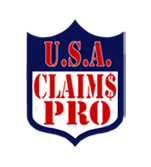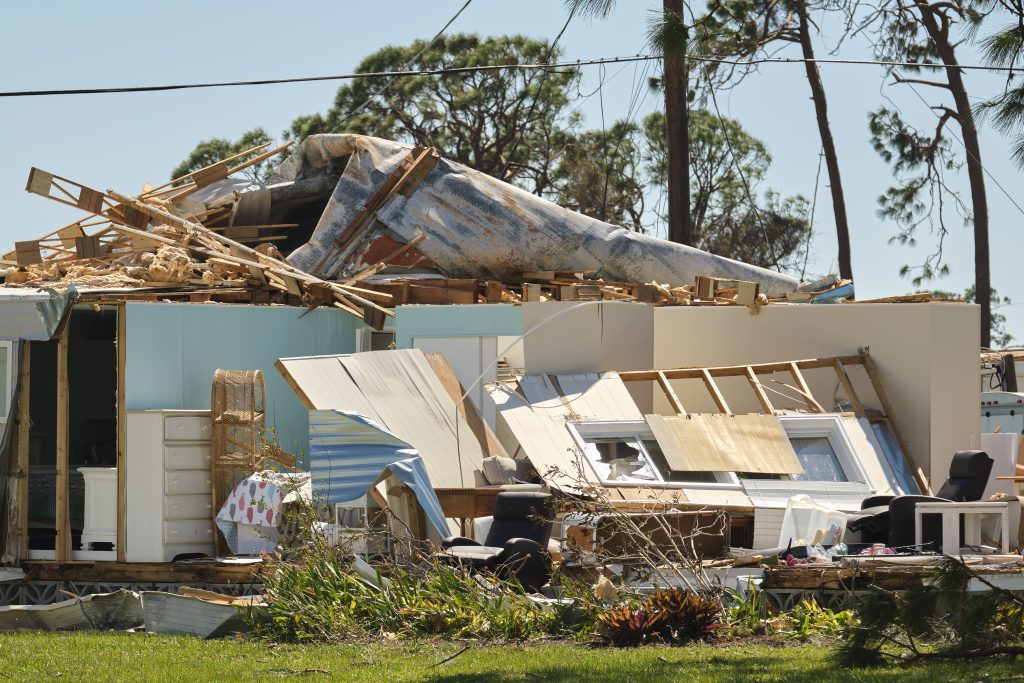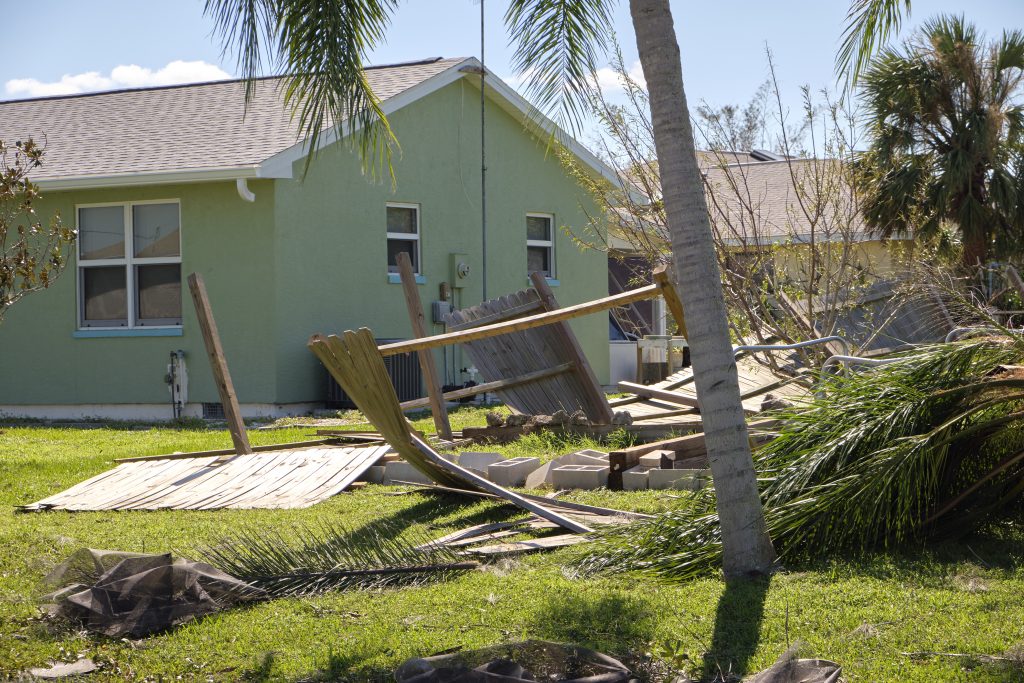We all wish we would never experience the aftermath of a hurricane. This 2022 hurricane season brought Hurricane Ian to the shores of Florida and caused tremendous damage. This is why we want you to know the steps to follow if you have to file an insurance claim due to damages your house or business. Hopefully this will help to ease your anxiety and get started on your recovery.
Experts say patience is key for victims of hurricane damage.
Remain calm and have realistic expectations about the long and complex process of cleaning up, finding help, and filing insurance claims. It might take several weeks for an insurance company to inspect your property in some cases.
There are critical steps homeowners can take while they wait for their insurance agency to respond. Document the damage and file a claim immediately. Do your best to avoid further damage. Keep all receipts for mitigation, repairs, and living expenses if your home becomes uninhabitable, or you have to move to temporary quarters.
We are aware of the difficulties you might face. That’s why we have compiled our top hurricane damage claims tips to make filing a claim easier.
Submit your insurance claim –
Hurricanes are notorious for causing massive damage and causing havoc. Even if your skills are good, damages such as fallen branches, exposed wires, and wet surfaces can make repairs far more complicated than they seem. Safety should be your top priority after a storm.
If you are unable to get to work immediately, it is a good idea to call your insurance company as soon as you notice damage to your property. Florida law allows homeowners to file hurricane damage claims within two years from the date of loss. Additional claims can be filed within three years of the date of loss.
Once you file your insurance claim, your insurer will work closely with you to develop a plan for repairs that meets your insurance requirements and gets your home back in working order. They will also help you to get reimbursed for losses such as damage to electronics, furniture, or any other property damaged by storms.
Even though you may have many things to do after a hurricane, you must stay in touch with your insurance company. Providing all information necessary to complete your claim will speed up the process and allow you to get back on track faster. It’s a good idea for you to obtain the number of your supervisor because adjusters might be located in areas where cellphone towers have been damaged. This will allow you to contact them if necessary.
List all losses that you claim.
To provide you with a cheque for repair, replacement, or rebuild, the insurance adjuster will likely inspect your property. You should take photos and record the details of the damaged items. Make sure to include the date of purchase as well as their estimated costs. If you have receipts, keep them. Many companies will require you to keep an inventory.
Also, take photos of any water damage or high water levels in your home. This will allow FEMA to provide quick assistance.
To get the best photos, take pictures of property damage from all angles and with lots of light. Stand further back to fit the object or entire area within the frame. Next, move closer (while still ensuring your safety) to capture close-up photos with identification details such as brand names and model numbers.
This visual evidence can help you complete your claim and get a correct reimbursement.
Mitigate further damage:
You might not be the only one who has suffered storm damage in your locality after Hurricane Ian. There is a high chance that your insurance company may not come to your house for several days or even weeks. A public claims adjuster might help you file your claim more quickly.
You can also prevent storm damage by installing storm traps on your roof. If you have broken windows, you can cover them to stop rainwater and debris from getting inside. Many home insurance policies include a clause that requires the policyholder to take action to mitigate storm damage while the claim process is underway. Failure to reduce additional damage to your property could result in a denied claim. Keep detailed records for your insurance company if you spend money to prevent damage. Each policy covers different amounts of damage mitigation, but most policies cover about $3,000 each.
Track receipts and expenses –
Many homeowners insurance policies cover additional living expenses due to “loss of usage” of a property. This means that it is uninhabitable until it is repaired or rebuilt entirely. If it takes longer, this could cover the cost of a hotel or rent for an apartment. You may also be able to pay for dining out if you don’t own a kitchen at home. Keep in touch with your insurance company to determine which expenses are covered under your policy for hurricane Ian’s recovery. Keep all receipts. Ask your insurer if you can add any expenses to your claim.
Work only with professionals –
You can also work with a public insurance adjuster if you find it difficult to claim your hurricane damage insurance. These are the only people who are authorized by Florida law to help you negotiate a claim with your insurer.
You’ll get out of this mess once you hire a public claims adjuster. Public claim adjusters work for you, not your insurance company. They will inspect your property thoroughly and help you to file a claim with your insurer.
Last words:
The scary part is over once the storm passes. We know that the road to recovery can be long. Keep in touch with your insurance company and follow these tips to help you recover from any damage caused by the hurricane.



